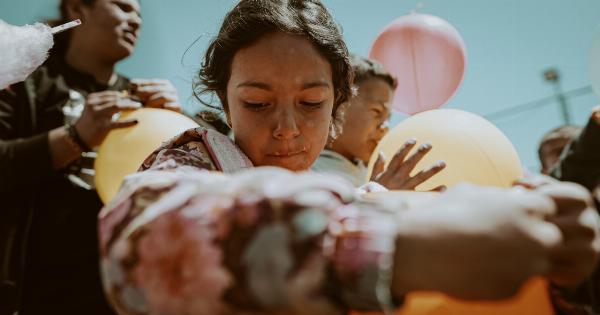Discovering a lump anywhere in your body can be alarming, and when it occurs in your chest, it can be particularly concerning. Chest lumps may have various causes, ranging from benign conditions to potentially serious health issues.
Understanding the possible reasons behind chest lumps, as well as their associated symptoms and treatment options, can help you make informed decisions about your health. This article will explore chest lumps’ causes, symptoms, and available treatments.
1. Causes of Chest Lumps
There are numerous factors that may contribute to the development of chest lumps. Let’s examine some of the most common causes:.
a) Fibroadenomas:.
Fibroadenomas are benign lumps that typically occur in the breast tissue, but they can also be found in the chest. These lumps are more commonly found in women and typically do not pose a serious health risk.
b) Lipomas:.
Lipomas are fatty lumps that can develop just beneath the skin. While they can occur in any part of the body, including the chest, they are usually harmless.
c) Cysts:.
Cysts are fluid-filled sacs that can form in various areas of the body, including the chest. Chest lumps caused by cysts are usually painless and may disappear on their own or require medical intervention if they become infected or grow larger.
d) Infections:.
Infections, such as an abscess or mastitis, can lead to the formation of lumps in the chest area. These lumps are often accompanied by pain, redness, and tenderness.
e) Inflammatory conditions:.
Conditions like rheumatoid arthritis or lupus can cause inflammation in the chest, resulting in the formation of lumps. Treating the underlying condition is typically necessary to alleviate the lumps.
f) Breast cancer:.
While breast cancer primarily affects women, men can also develop it. Lumps in the chest area can sometimes be an early indication of breast cancer. It is crucial to seek medical attention for proper evaluation and diagnosis.
2. Symptoms of Chest Lumps
Chest lumps may exhibit various symptoms depending on their cause. Some common symptoms include:.
a) Swelling:.
Visible swelling or a bump in the chest area is a typical symptom of a chest lump. The size and shape of the lump may vary depending on the underlying cause.
b) Pain or discomfort:.
Chest lumps may be painful or tender to touch. The degree of pain can range from mild to severe, depending on the cause of the lump.
c) Skin changes:.
In some cases, the skin over the lump may show discoloration, become red, or feel warm to the touch.
d) Changes in breast tissue:.
For women, chest lumps may be accompanied by changes in breast tissue, such as nipple discharge or inverted nipples.
e) Difficulty breathing:.
In rare cases, larger chest lumps or those affecting the deeper tissues may cause breathing difficulties by pressing on the airways or restricting lung expansion.
3. Treatment for Chest Lumps
The appropriate treatment for chest lumps largely depends on their underlying cause. Let’s explore the various treatment options for different types of chest lumps:.
a) Observation:.
In some cases, especially for benign lumps like fibroadenomas or lipomas, doctors may recommend monitoring the lump and observing any changes over time.
If the lump remains stable and does not cause discomfort, surgical intervention may not be necessary.
b) Medications:.
If the chest lump is caused by an infection or an inflammatory condition, your healthcare provider may prescribe antibiotics or anti-inflammatory medications to alleviate the symptoms and reduce the size of the lump.
c) Surgical removal:.
If the chest lump is causing significant pain or is suspected to be cancerous, surgical removal may be necessary.
Removal procedures can range from minimally invasive techniques to traditional open surgery, depending on the size and location of the lump.
d) Drainage:.
For cysts or abscesses, a medical professional may choose to drain the fluid from the lump using a needle or by making a small incision. This procedure helps relieve discomfort and prevents the recurrence of an infected cyst or abscess.
e) Chemotherapy or radiation:.
If a chest lump is determined to be cancerous, additional treatments such as chemotherapy or radiation therapy may be recommended by an oncologist. These treatments are designed to eliminate cancer cells and prevent their spread.
Conclusion
Chest lumps can vary in their severity and underlying causes. While some lumps are harmless and resolve on their own, others may require medical intervention.
It is crucial to consult a healthcare professional for an accurate diagnosis and appropriate treatment plan. Regular self-examinations and routine check-ups can contribute to early detection and better outcomes. Remember, timely action plays a significant role in addressing chest lumps effectively.
























